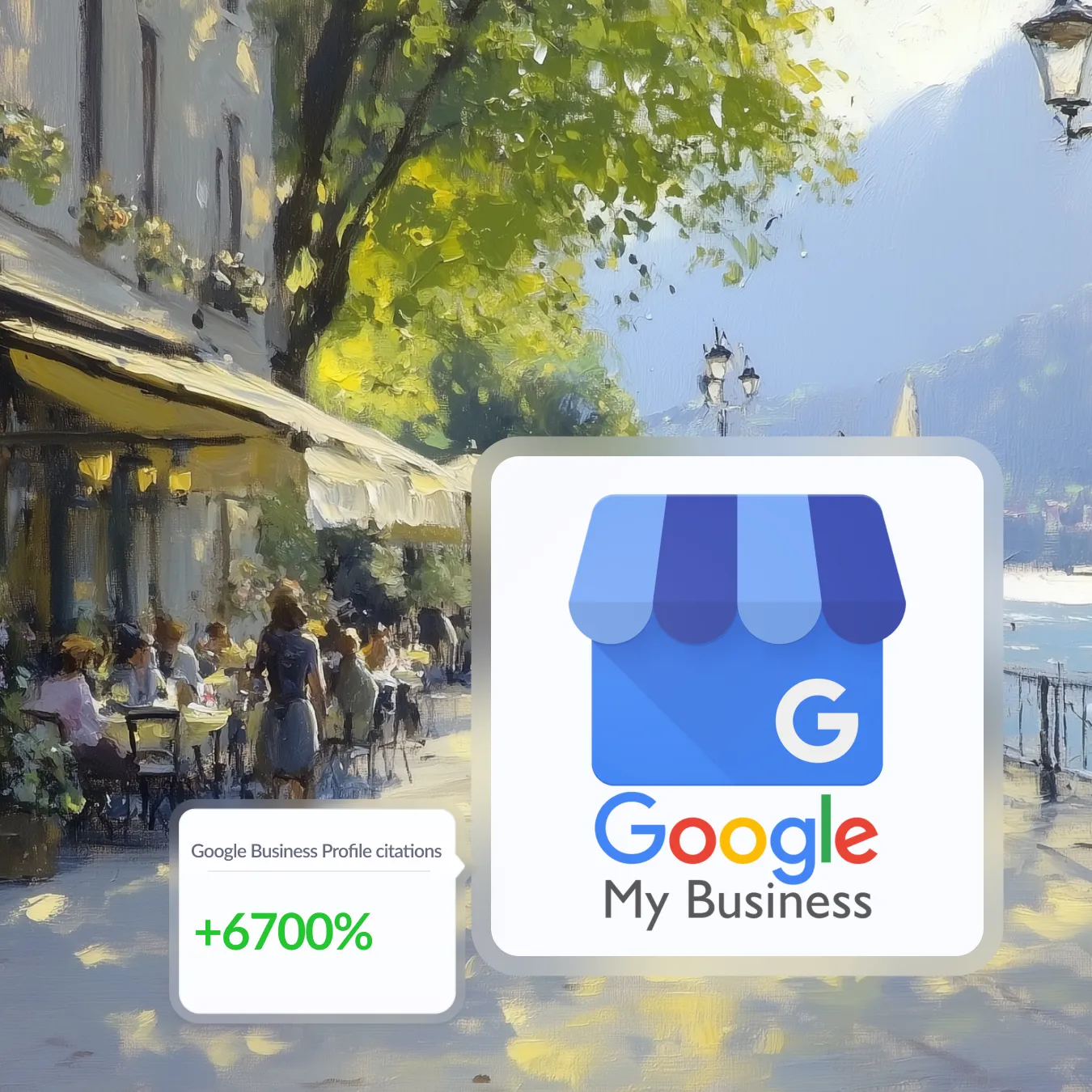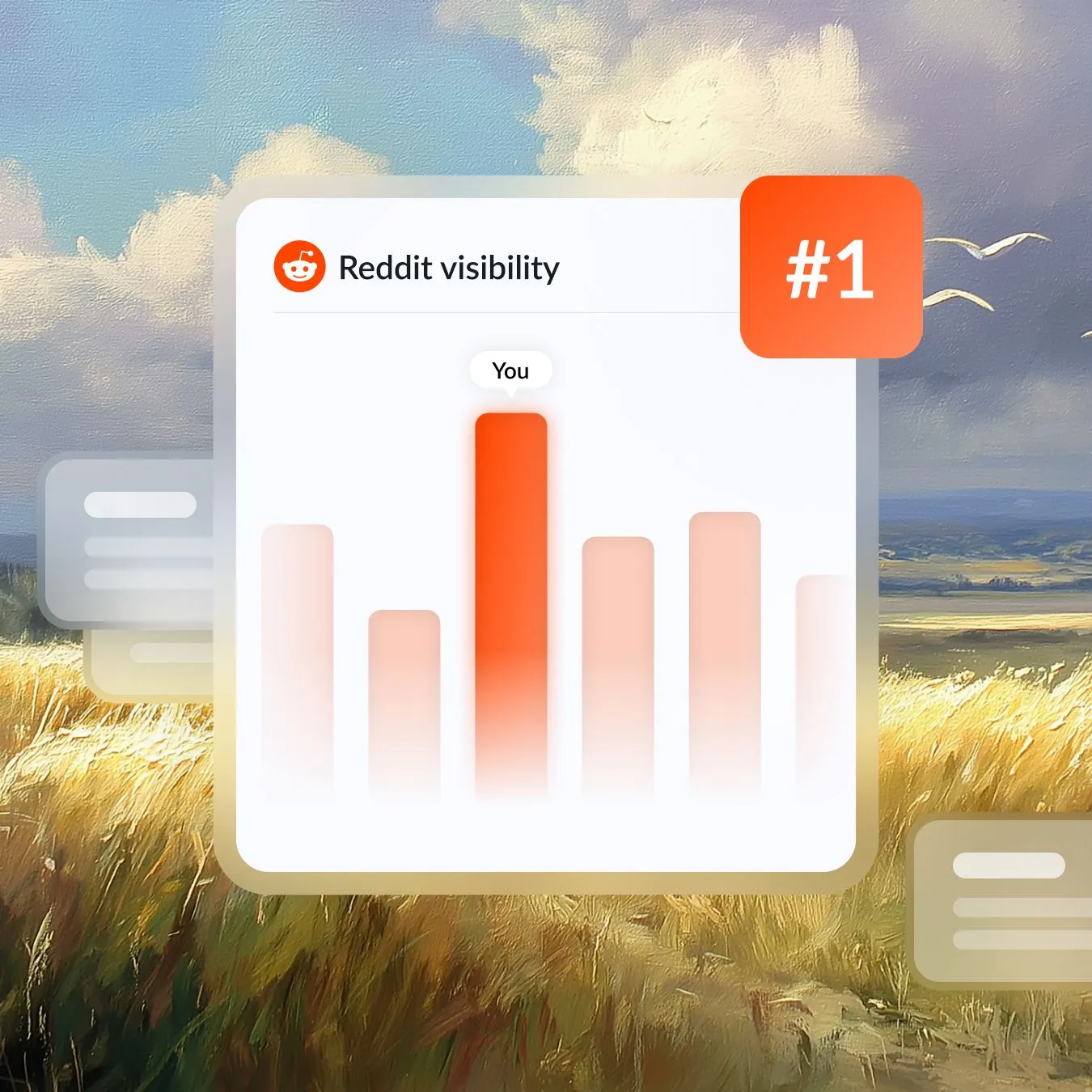How AI Search Is Reshaping CPG Brand Visibility: What the Data Reveals
The online search landscape is undergoing a fundamental transformation. As AI-powered search engines like ChatGPT, Perplexity, and Google's AI Overviews become increasingly prominent, consumer packaged goods (CPG) brands face a new reality: traditional SEO strategies alone are no longer enough. Recent analysis of major CPG brands has revealed surprising insights into what actually drives visibility in AI search results - and the findings challenge conventional wisdom about authority and trust online.
The Third-Party Dominance
Perhaps the most striking revelation from our analysis of leading CPG brands is the overwhelming influence of third-party sources in AI search citations. Across oral care, pain relief, and skincare categories, we consistently found that AI engines prioritize content from retailers, healthcare platforms, and social media over traditional authoritative sources. Here is an example of a snapshot for an oral health brand:
.webp)
Consider this: when analyzing this oral care brand, we discovered that Amazon and Walmart dominate AI search visibility for "Usage Experience" queries, outweighing even the American Dental Association and the National Institutes of Health. For an OTC pain reliever, GoodRX and Amazon together account for over 90% of AI search visibility, while the Mayo Clinic and FDA trail significantly behind.
This represents a fundamental shift in how information authority is being defined in the AI era. Government agencies and professional associations, which have long been considered gold standards for trustworthy content, are being deprioritized in favor of platforms where consumers actually engage with products and share their experiences.
E-Commerce Platforms: The New Kingmakers
The data makes one thing crystal clear: e-commerce platforms are now essential battlegrounds for AI search visibility. Amazon appears as a critical source across all three brands we analyzed, while Walmart plays a significant role in certain categories. This creates both a challenge and an opportunity for CPG brands. Looking at a major skincare retailer, we see the importance of e-commerce (along with social) alarmingly clear:
.webp)
The challenge is that brands must now optimize not just their own digital properties, but their entire presence across third-party retail platforms. The opportunity is that strong performance on these platforms delivers a dual benefit: direct sales and enhanced AI search visibility. In essence, retail optimization has become a form of search optimization.
Social Media's Rising Influence
Our analysis of a leading skincare brand revealed another critical trend: the extraordinary importance of social media sources, particularly Reddit and YouTube, in driving AI search visibility. AI engines are increasingly pulling from user-generated content platforms where real consumers share authentic experiences and opinions. Looking at a pain reliever brand, we see all the different social platforms that are influential, which include Reddit, YouTube, and Facebook, followed by Quora, which is interesting, and to a lesser extent, LinkedIn and IG.
.webp)
This suggests that CPG brands need to rethink their social media strategies beyond traditional engagement metrics. The content consumers create about your products on these platforms is now directly influencing whether your brand appears in AI-generated responses to product queries.
Category-Specific Visibility Gaps
Our research identified specific content categories where each brand faces visibility challenges - and these vary significantly by product type. The oral care brand struggled with "Sustainability and Ethics" and "Ingredients and Formulation" visibility. The pain reliever faced gaps in "Environmental and Ethical Considerations" and "Packaging and Convenience." The skincare brand needed improvement in "Regulatory Compliance" and "Dermatological Compatibility."
These gaps represent clear opportunities for strategic content development. However, the solution isn't simply creating more content on your own website. Based on our findings, brands must ensure this information exists across the third-party platforms that AI engines actually cite - whether that's product detail pages on retail sites, healthcare information platforms, or social media discussions.
The Path Forward for CPG Brands
The emergence of AI search requires CPG brands to expand their definition of search optimization. Success now demands a multi-platform strategy that includes:
- Optimizing product content and reviews on major e-commerce platforms
- Establishing presence on relevant healthcare information platforms
- Monitoring and engaging with social media discussions about your products
- Creating content that addresses specific category gaps identified through AI search analysis, particularly around certain aspects of your brand that are underrepresented.
- Continuously tracking performance across different AI engines, which show varying source preferences, over time as the landscape shifts from where they source their knowledge.
The data reveals an uncomfortable truth for many brands: in the AI search era, your website is just one piece of a much larger visibility puzzle. The brands that will thrive are those that recognize this new reality and adapt their strategies accordingly, ensuring their products are well-represented wherever AI engines are actively searching for information.
As AI search continues to evolve, one thing is certain: understanding these dynamics isn't optional for CPG brands; it's essential for survival in an increasingly AI-mediated marketplace.


.webp)
.webp)